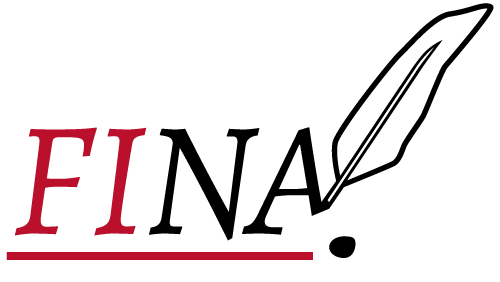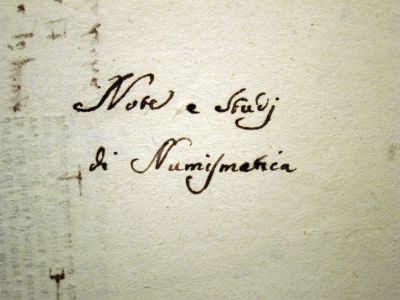This is only a TEST WIKI! The live FINA Website and Wiki can be found here: https://fina.oeaw.ac.at
No edit summary |
No edit summary |
||
| Line 42: | Line 42: | ||
acdh-tech[at]oeaw.ac.at | acdh-tech[at]oeaw.ac.at | ||
{{# | {{#titleicon_file:FINA-Logo.jpg|FINA}} | ||
Latest revision as of 17:33, 14 November 2022
FINA: A short presentation[edit]
The project Fontes Inediti Numismaticae Antiquae (FINA) aims at collecting, reading, studying and publishing unprinted textual evidence related to ancient coins created before 1800. The background is twofold: first, a growing general interest in antiquarianism and historiography, of which numismatics forms an important part; second, a developing awareness that, so far, studies on antiquarian numismatics have been based mainly on printed books, which – though very numerous ‒ form only a small portion of the information available to scholars.
The end date 1800 has been chosen for the project not only for practical reasons, but also because it is close to the death of Joseph Eckhel, the acclaimed “father of numismatics” (1737‒1798): at the end of his life, Eckhel published the eight-volume Doctrina numorum veterum (Vienna, 1792, 1794, 1796, 1797, 1798), which was to become the foundation work of ancient numismatics for the subsequent centuries and marks a watershed for the discipline.
In addition to the great amount of new information on numismatic topics that FINA provides, the project proves also important in a broader perspective as it adds information for reconstructing the history of ideas within each scholarly social network.
FINA has received the official support of the International Union of Academies (enterprise no. 83) as well as those of the Österreichische Akademie der Wissenschaften, the Académie royale de Belgique, the Académie des Inscriptions et Belles-Lettres, the Berlin-Brandenburgische Akademie der Wissenschaften and the Unione Accademica Nazionale.
Correspondence[edit]
Among the hundreds of thousands of letters exchanged by members of the so-called République des Lettres in the Early Modern period, several thousand belong to the more restricted realm of the République des Médailles. In view of their enormous number (in the order of magnitude of 10,000) and variety of content, these documents have the potential to increase our knowledge about any topic regarding ancient numismatics between the 16th and the 18th centuries. These letters of course complement the information on the work of famous numismatists that can be gathered from printed books, but they also shed light on a much more extensive network of people beyond the few who were knowledgeable or powerful enough to write (or be quoted in) numismatic publications
Inventories of coin collections[edit]
Hundreds of unpublished inventories of old coin collections await systematic investigation. A global approach allows us to reconstruct each collection in its natural environment, both geographically and historically, with the possibility to better understand the formation of modern numismatic collections, questions of provenance and fluctuations of collectors’ tastes
Annotated printed books[edit]
Public and private libraries contain a vast amount of annotated printed books. They are a class of primary source in its own right: in some cases, authors have annotated personal copies of their publications in view of a planned new edition; also, some books have been annotated successively by several distinguished hands. In any case, these annotated copies offer most important scholarly insights
Manuscript copies or translations of printed books[edit]
This group of documents reflects the popularity of certain numismatic books and provides evidence on the circulation of some numismatic publications beyond the printed copies
Unpublished numismatic manuscripts[edit]
Dozens of numismatic manuscripts were never published. They are useful for research not only because they add so-far unrecorded numismatic information, but also because they raise questions on the reasons why they were never published. Looking at this negative evidence, several explanations may be inferred (e.g. due to their potentially limited audience, technical treatises on ancient metrology remained more frequently unpublished)
Contact[edit]
For general inquiries about FINA please contact
fina[at]oeaw.ac.at
Questions regarding the "Grand Document" can be directed to
francois.de.callatay[at]kbr.be
For questions regarding the implementation (Semantic MediaWiki), please contact:
bernhard.krabina[at]km-a.net
For issues regarding server administration please write to
acdh-tech[at]oeaw.ac.at

